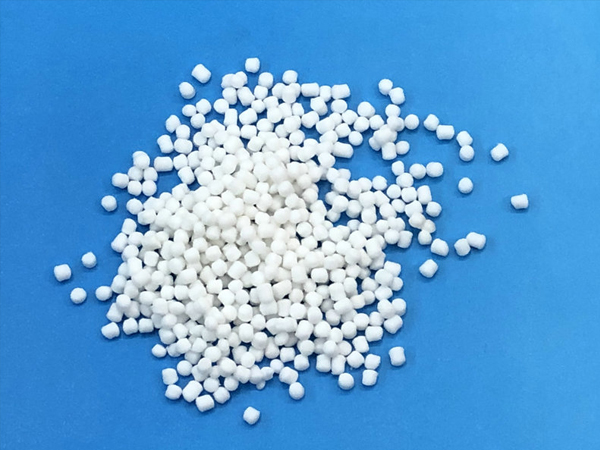Price of 60-degree TPE Encapsulated PC+ABS Material
Contact 138 2720 9711
Product details
The elastomer industry generally calls TPE SEBS modified by composite functional materials. TPE elastomer has excellent overall performance and is a soft material for molding and two-color injection molding processes.
1. Main advantages of 1.TPE for overmolding
1. TPE material has good skid resistance and good elasticity, which can enhance the tactility of the product and is beneficial to grip.
2.TPE can be adjusted to appropriate hardness (Shore 25-90A hardness range) and appropriate physical properties (such as abrasion resistance, adhesion, melt index, etc.). Depending on product attributes, various possible material applications can be used for various products.
3.TPE is overmolded and processed, and is usually used for handles, handles, electronic products and other products. This material gives the product a comfortable touch, enhanced grip, enhanced aesthetic feeling and added value. Most products are exported to developed countries and regions, such as the United States, Japan and the European Union. TPE elastomer is a soft and green material. The material does not contain phthalate and halogen. It conforms to ROHS environmental testing standards and can fully meet the environmental protection requirements of developed countries and regions, such as the United States, Japan and the European Union.
2. Ordinary TPE molding materials
TPE can be used for overmolding and two-color injection molding. TPE is a soft material, usually matched with hard materials, mainly plastic, metal and fabric. TPE+fabric is mainly used for luggage products. This process is the same as metal overmolding, usually false overmolding. Real overmolding is more common in secondary and two-color injection molding. TPE can be firmly bonded with common plastics PP, GPPS, HIPS, ABS and engineering plastics PC, PC/ABS, PA and their modified materials. In the current elastomer industry, the adhesion of TPE and POM is still a problem. Since the solubility parameter SP(22.6) of POM and SP(7.2-7.6) of TPE are very different, the two materials are incompatible with each other, and no suitable compatibilizer has been found to promote the adhesion of the two materials.
3. Problems Needing Attention in Injection Molding of 3.TPE Adhesive
● Compatibility of ●TPE with hard plastic components, solubility close to molecular compatibility;
● Avoid sharp corners in design, ensure good contact between TPE and hard plastic, and enhance bonding effect;
● The cavity exhaust port is set correctly;
● Balance the thickness of TPE with the expected tactility;
● Maintain TPE melting temperature to ensure bonding effect;
● TPE shall be dried to reduce surface ponding and obtain uniform surface color.
● Carrier resin of masterbatch is compatible with TPE and structural materials;
● Specially treated smooth surface for the purpose of increasing the bonding force of hard and soft materials and enhancing the bonding effect;
●TPE should have good fluidity, TPE molding thickness and size ratio are very small, TPE usually needs long flow path and thin wall area to fill the mold;
●TPE flow length/product thickness ratio is less than 150: 1;
● Use good adhesive.
4. Treatment of common adhesive defects
Lack of material: increase injection temperature; Increase injection pressure and improve material flow.
Split, overflow edge: reduce injection temperature; Increase clamping pressure; Reducing injection pressure; From the perspective of formula, fluidity decreases.
The surface is dull and not bright: it increases the temperature of the injection molding process; It dries the material and reduces the moisture content of the raw material.
Viscosity difference: bake completely before injection; Raise the injection temperature; Adjust the recipe.
Injection molding deformation of products: strengthen mold cooling; Extend the pressure holding time appropriately.
Product adhesion: add release agent or lubricant (internal lubricant-the amount of release agent should be paid attention to to prevent the release agent from settling and falling off).
5. Experience sharing
1. The injection temperature is appropriate, nylon is encapsulated, and TPE injection temperature is preferably higher than 190℃, but not higher than 240℃. Especially, in order to obtain a real overmolding effect, since the softening temperature of nylon is 250-260℃, it will not degrade under TPE conditions, the closer the softening temperature of TPE and nylon is, the better the bonding effect will be.
2. The adhesive structure design of the product shall be as smooth as possible without obvious edges, thus increasing the close contact between TPE and nylon hard plastic.
3. Make some holes in some non-critical positions of nylon, or make some unsmooth surfaces to increase the contact area between TPE and nylon, and insert TPE soft material into the holes by inserting nylon material.
4. For newly manufactured molds, attention should be paid to the gate and runner design of the molds. TPE coating is usually very thin, the thickness is usually 1-2mm, and the size of the mold part is usually tens or even hundreds of millimeters. It must be ensured that TPE soft plastic can fill the cavity without lack of materials and ensure the adhesion between TPE and nylon.




